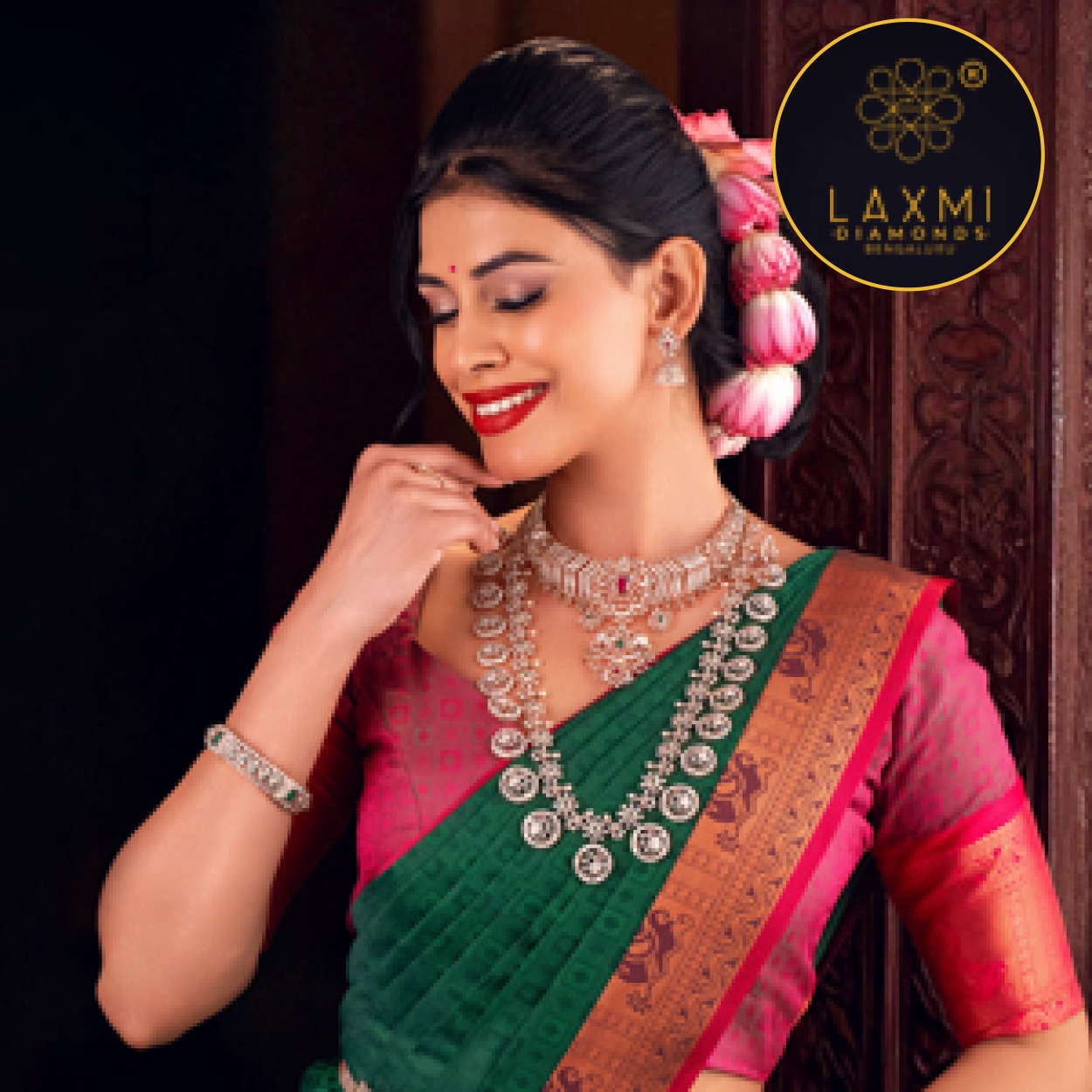JB Insights
Trust, Transparency, and Trade: A Retailer’s Guide to Selling Gemstones
By Ramit Kapur: MD, Gemological Science International (GSI) India

A gemstone sale is more than just a transaction; it’s a promise. Customers seek not just beauty but the confidence that what they’re buying holds real value. In an era where gemstones are treated, enhanced, and sometimes even created in laboratories, having the right knowledge isn’t just an advantage; it’s a retailer’s greatest asset.
A well-informed retail team is an empowered one. Understanding gemstone treatments, origins, and certifications isn’t about being burdened with extra responsibility; it’s about enhancing your expertise, making confident sales, and strengthening customer trust. Because at the heart of this business is one simple truth: when retailers lead with knowledge, they lead the industry.
The Truth About Gemstone Treatments
Not all gemstones reach the market in their natural state. Many undergo treatments to improve their color, clarity, or durability, and any treatments and enhancements done, must be disclosed.
Some treatments, like lead-glass filling in rubies, fundamentally alter the gemstone’s structure and require clear disclosure. Others, such as the traditional heat treatment of sapphires, are widely accepted in the industry but still demand transparency. Understanding these nuances enables retailers to sell with confidence, ensuring customers make informed purchases built on trust.
For example, emeralds are naturally filled with inclusions, making fracture-filling with oil or resin a common practice. While this enhances clarity, knowing the type and extent of filling ensures that customers understand how their gemstone will age over time. While an oil-filled emerald may gradually lose its enhancement over time, a resin-filled one may require extra care to avoid exposure to heat or chemicals. Communicating these details not only adds credibility but also ensures customers can enjoy their gemstones for years to come.
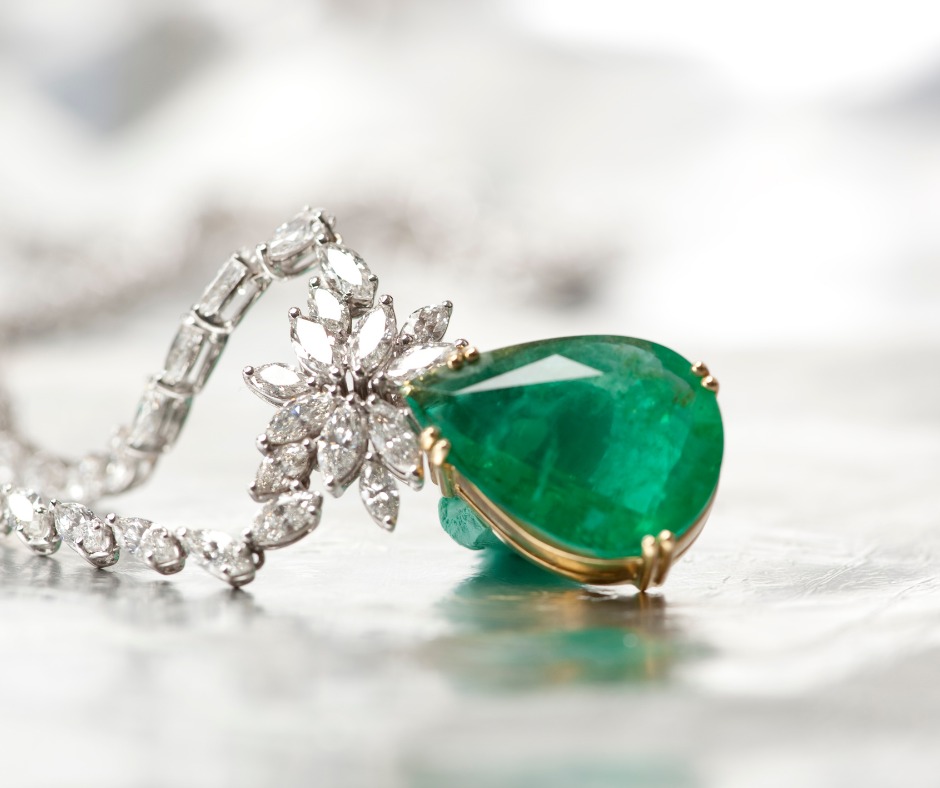
Heat treatment in corundum, particularly rubies and sapphires, is a widely accepted enhancement, but its impact varies. A simple heated label doesn’t reveal the full extent of modification. Residues left in healed fractures or surface-reaching cavities can indicate the intensity of treatment, ranging from minor enhancements with little visible impact to significant alterations affecting transparency and overall appearance.
To assess this, the Thermal Enhancement (TE) scale categorizes heat treatment levels, while surface-reaching cavities are further classified based on residue presence, from minimal traces to substantial filling that influences value. Understanding these factors allows retailers to provide clarity and confidence in their sales, ensuring customers appreciate both the beauty and integrity of their gemstones.
This level of classification is not just for high-value stones; modern testing methods now apply to even melee-sized and mounted gemstones. With precise analysis, retailers can confidently present each gemstone’s journey; from its formation to the enhancements it has undergone, ensuring customers feel well-informed and assured in their purchase.
The Power of Origin and Storytelling
Geographic origin is one of the most significant differentiators and selling point when it comes to gemstones.
Sapphires from Kashmir, Myanmar, Sri Lanka, and Madagascar are among the world’s finest, prized for their rich color and saturation. Their rarity, history, and distinct hues shape customer preference. Kashmir sapphires, known for their scarcity, have adorned royal collections, while Sri Lankan sapphires, like the famed Blue Belle of Asia, boast a legacy of luxury. Similarly, Burmese rubies are revered for their deep “pigeon blood” red, and Colombian emeralds for their unmatched green intensity; each origin adding value and prestige.
A gemstone’s origin adds depth, character, and history, making it more than a purchase; it’s a story. Retailers who weave these narratives into their sales approach don’t just sell gemstones; they offer a legacy that resonates with the buyer.
Lab-Grown, Natural, or Imitation? A Retailer’s Advantage
Lab-grown gemstones are often misunderstood, but they are not “fake.” They are created in a controlled environment, and they possess similar physical, chemical and optical properties as their natural counterparts with differences in growth structure. Imitations, however, simply look like real gemstones without possessing their intrinsic properties; like a red glass stone mimicking a ruby.
By understanding these distinctions, retailers can offer customers choices rather than confusion. A customer who seeks affordability and sustainability might be drawn to a lab-grown gemstone, while another looking for rarity will appreciate a natural, untreated gem. Knowledge empowers retailers to guide buyers toward the best fit for their needs, ensuring a sale that feels both personal and professional.
Precision in Terminology: A Game-Changer for Retailers
The way a gemstone is described can shape both perception and value, making precise terminology essential in building credibility and avoiding misunderstandings.
For instance, a natural gemstone forms without human intervention and remains untreated, whereas a genuine gemstone is real but may have undergone enhancements.
Similarly, while heated and treated are often used interchangeably, not all treated gemstones have been heated; some may be clarity-enhanced, fracture-filled, or color-altered through other processes.
Even terms like synthetic and lab-grown need careful distinction, as both refer to man-made stones but carry different consumer perceptions.
A retailer fluent in these nuances isn’t just selling a product; they’re building confidence in their expertise. In an industry where trust drives sales, choosing the right words can be just as impactful as choosing the right gemstones. This expertise not only reassures buyers but also strengthens customer relationships, ensuring repeat business and long-term credibility.
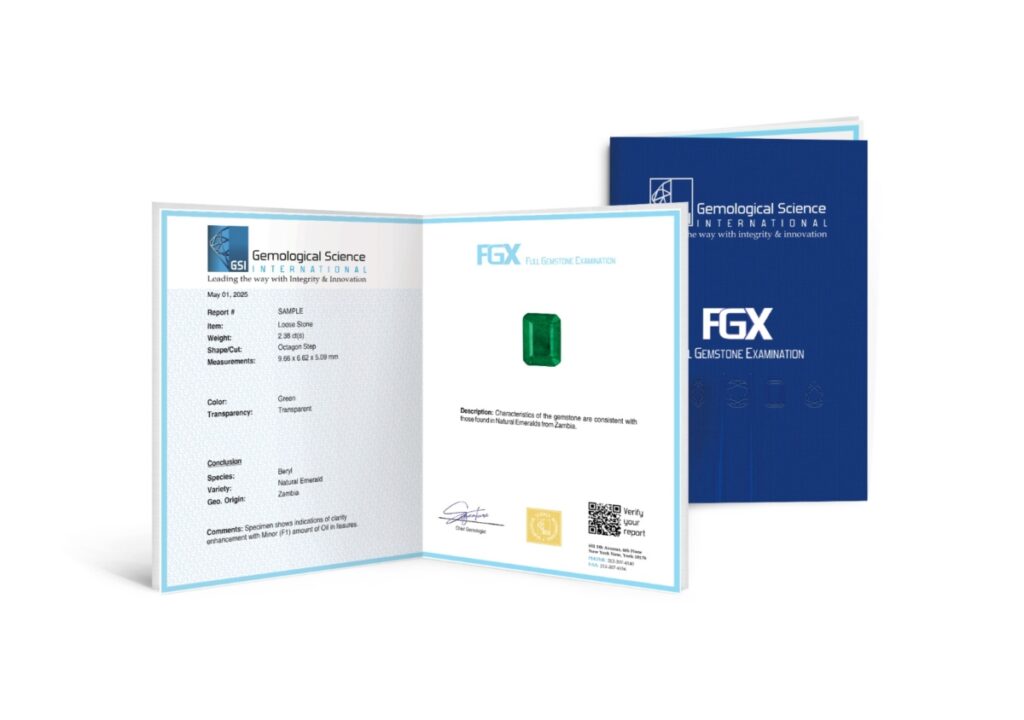
Choosing the Right Certification: One Size Does Not Fit All
Certification is no longer just about verifying authenticity; it’s about making a retailer’s life easier and enhancing the buying experience. Different types of jewelry demand different types of reports, and offering the right format ensures convenience for both retailers and customers.
A comprehensive fusion report is ideal for fusion jewelry, where a single document covering both Polki and gemstones simplifies transactions rather than managing multiple certificates.
For prized gemstones, origin reports add value, helping customers appreciate the significance of a Kashmir sapphire or a Burmese ruby by officially documenting its provenance.
Some buyers prefer pocket-sized reports, offering quick and accessible verification, while others may benefit from digital reports with QR tags, allowing instant access to certification anytime, anywhere; streamlining inventory management and boosting customer confidence.
The key is flexibility; certification should not only authenticate and disclose treatments and enhancements, if any but also support sales, making it easier for retailers to educate, assure, and elevate the overall shopping experience.
In today’s fast-moving gemstone industry, access to information is no longer a challenge, but expertise remains the true differentiator. Treatments will advance. Lab-grown diamonds will become more refined. Consumer expectations will rise. But one thing will remain constant: retailers who embrace knowledge and transparency will always lead. Because at the end of the day, this business isn’t just about gemstones. It’s about trust.
JB Insights
Women Leaders Driving the Luxury Renaissance
How Female Leaders Are Redefining the Future of Luxury Watches & Jewellery. A powerful new era emerges as top global maisons embrace female leadership, reshaping strategy, creativity, and the future of billion-dollar luxury empires.
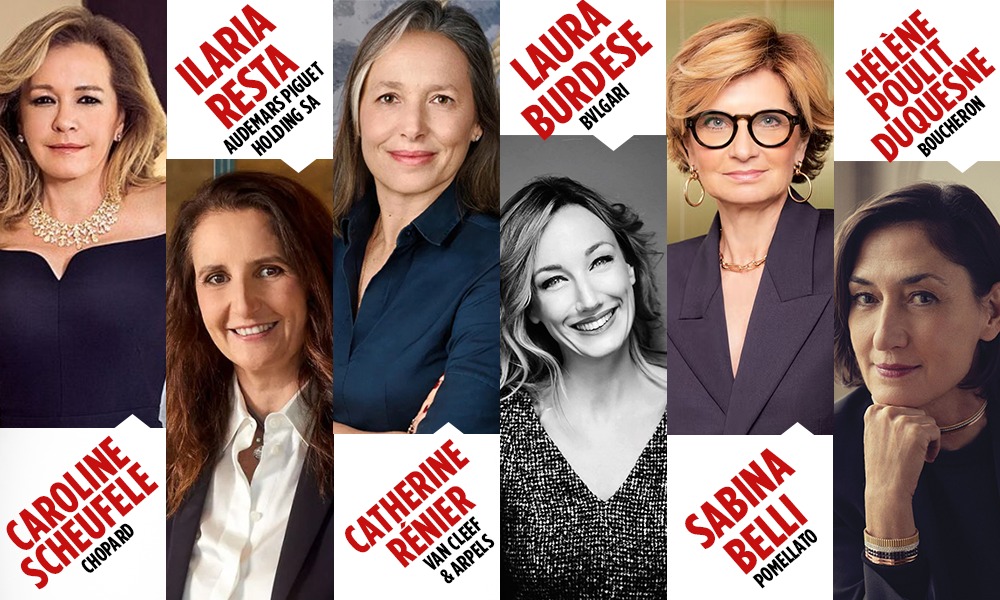
For decades, the world of fine jewellery and luxury watchmaking has dazzled with feminine allure—yet the boardrooms steering these global luxury giants remained largely dominated by men. While women have always been the heart of the industry as consumers, muses, and creative inspirations. Today, that narrative is being rewritten.
Across the globe, luxury watch and jewellery houses are witnessing a historic shift: women are increasingly taking centre stage as CEOs, artistic directors, and decision-makers, steering strategy and shaping the future of some of the world’s most iconic brands. This rise of female leadership is not just a symbolic change—it’s redefining the creative and commercial landscape of the luxury sector.
A Spotlight on Powerful Women Shaping the Industry
Here are some of the remarkable women redefining the luxury frontier:
Caroline Scheufele, Co-President & Artistic Director, Chopard


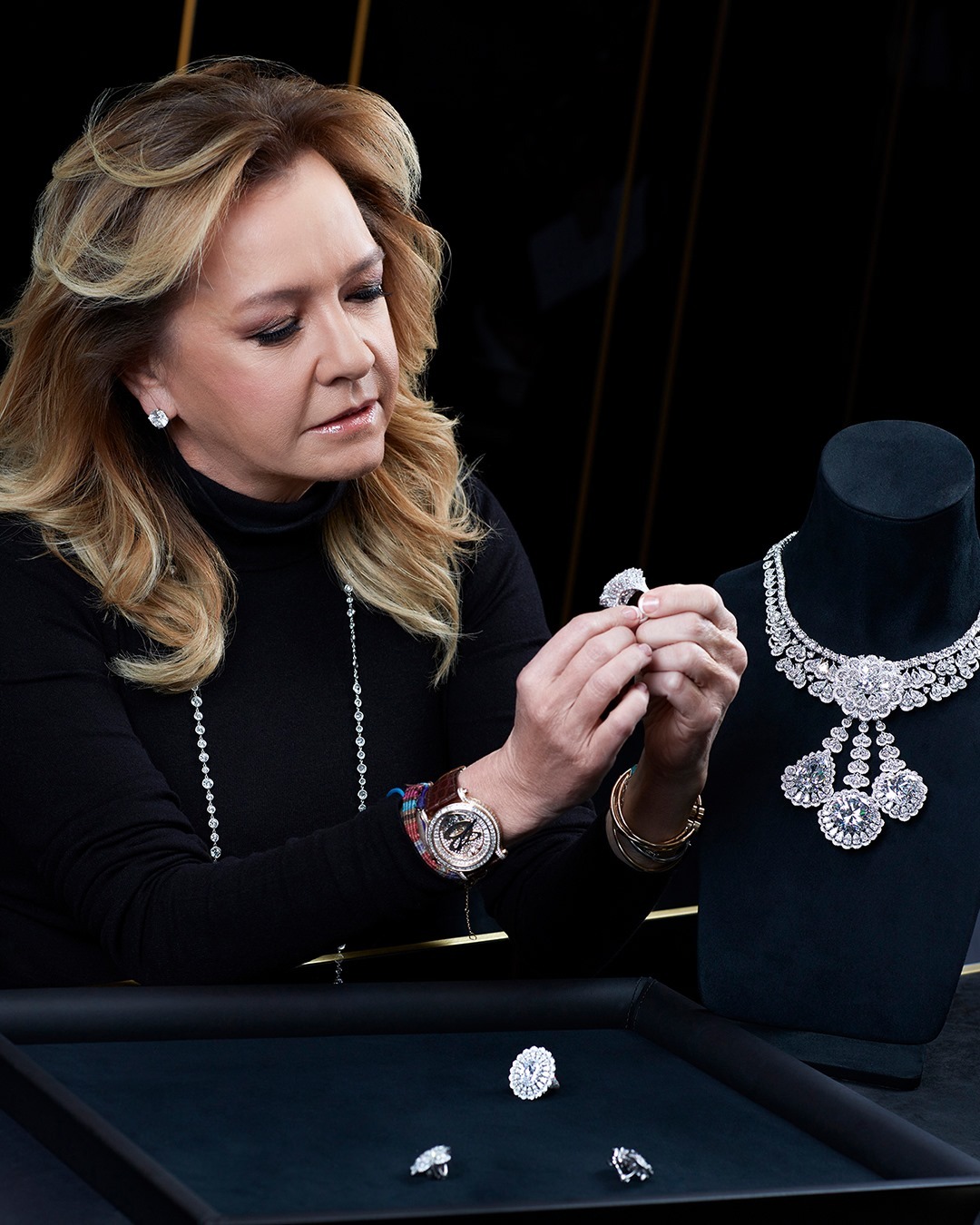
The creative force behind some of Chopard’s most iconic collections, Caroline Scheufele blends heritage with modernity, championing craftsmanship and sustainability.
Ilaria Resta, CEO, Audemars Piguet


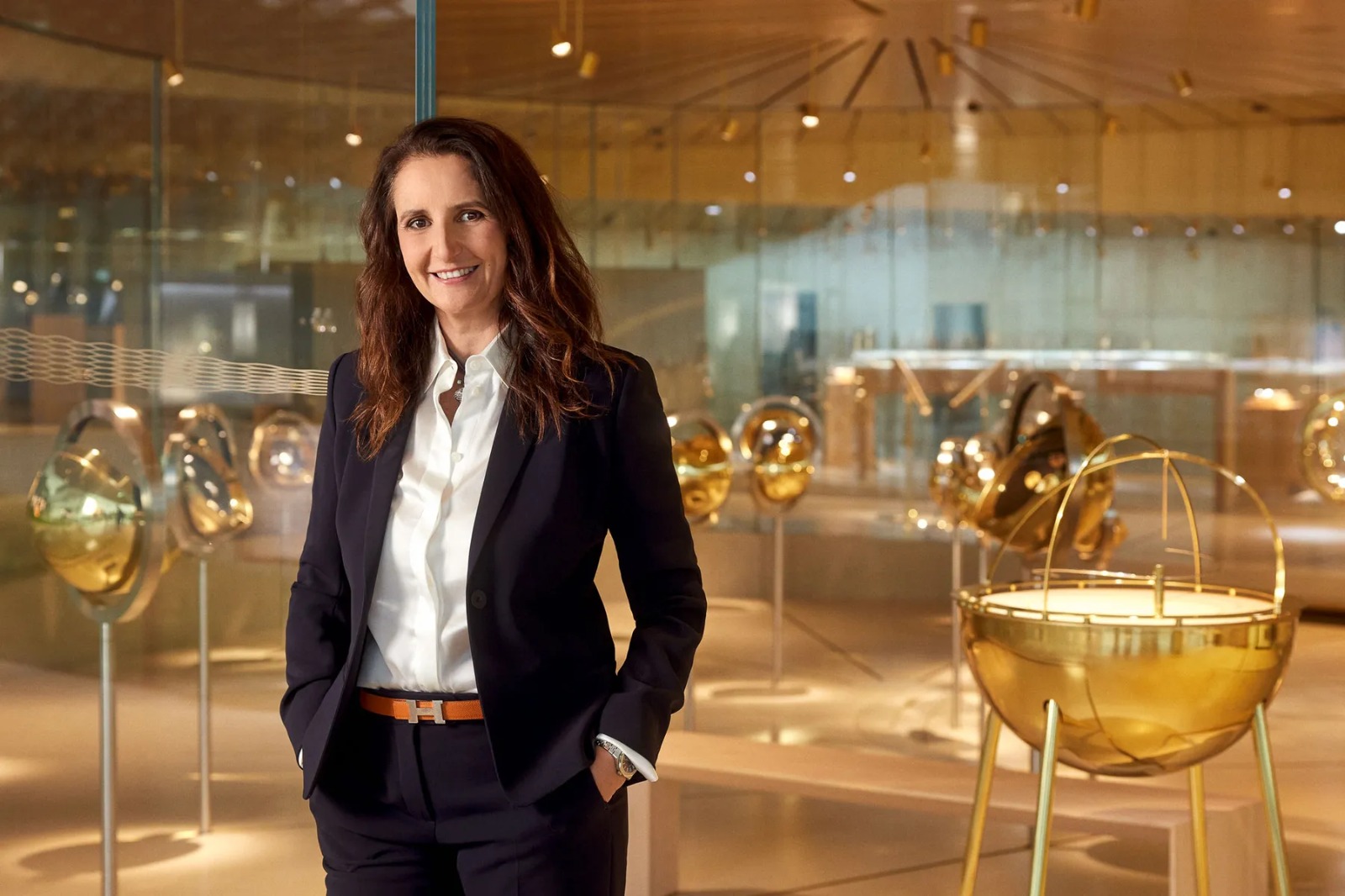
With her dynamic leadership and consumer-centric vision, Ilaria Resta is guiding the watchmaking powerhouse into a new era of relevance and cultural presence.
Catherine Rénier, CEO, Van Cleef & Arpels
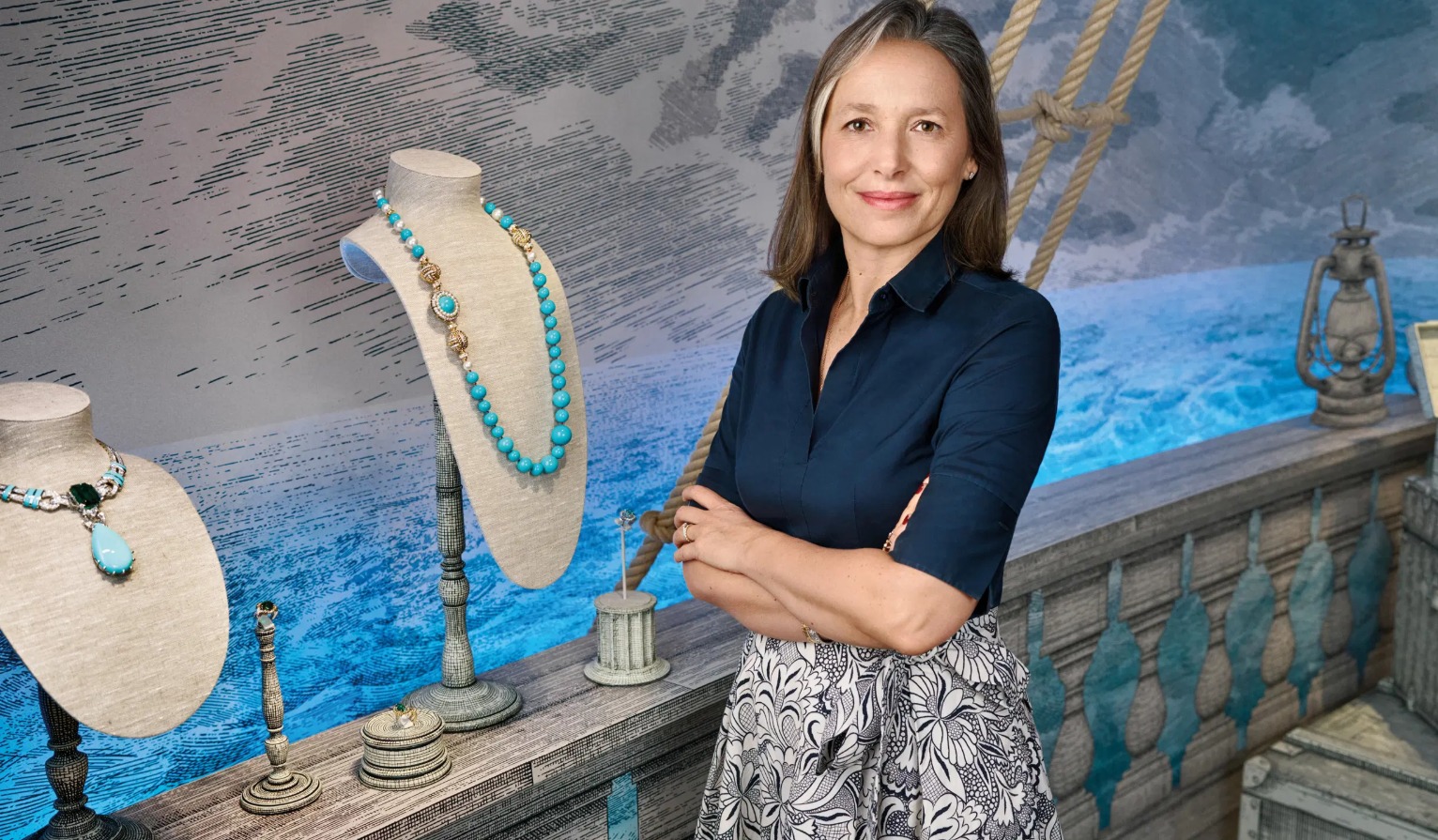
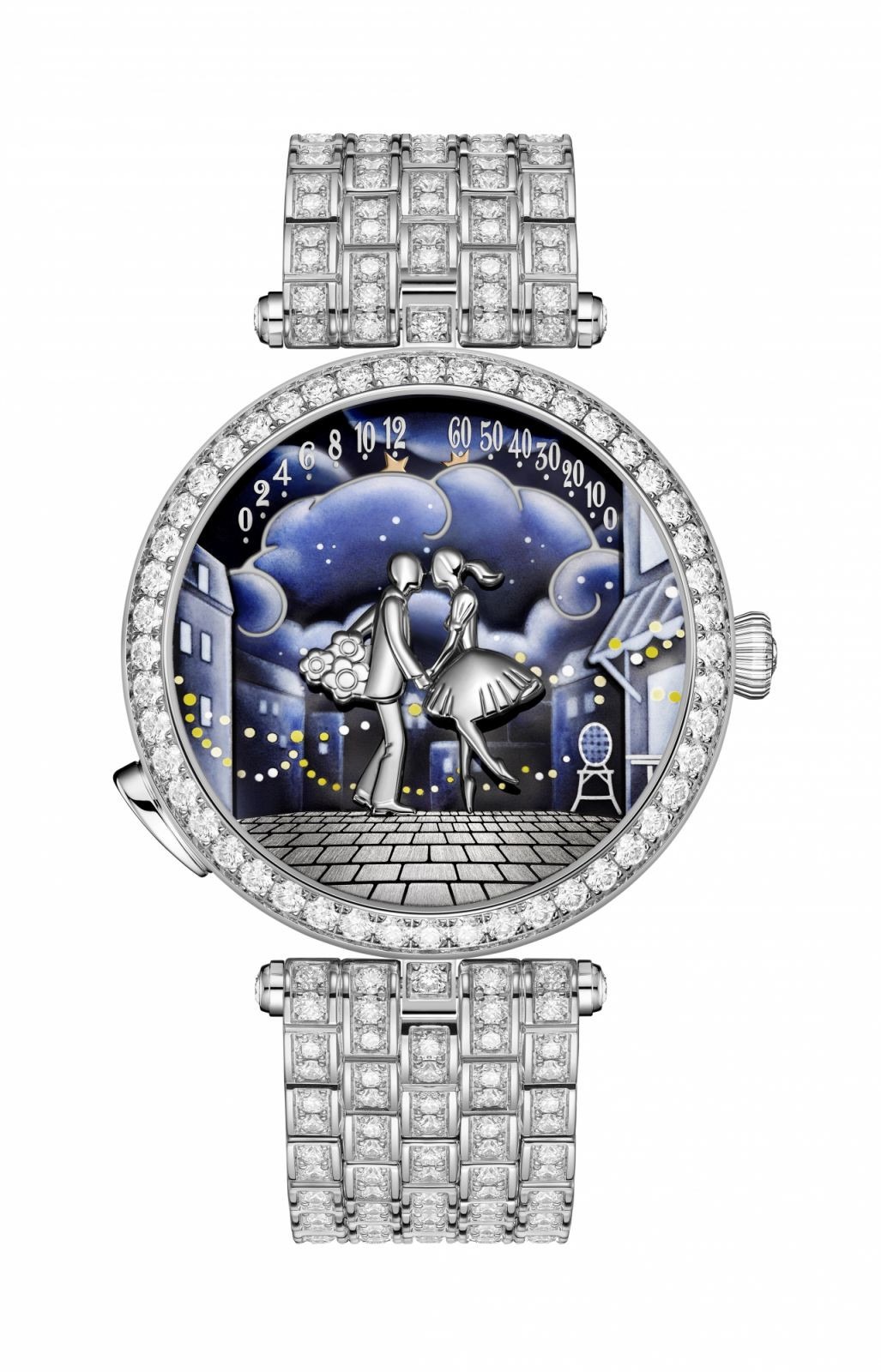

Known for her strategic elegance, Catherine Rénier is strengthening the maison’s identity through poetic storytelling and exceptional artistry.
Laura Burdese, Deputy CEO, Bvlgari

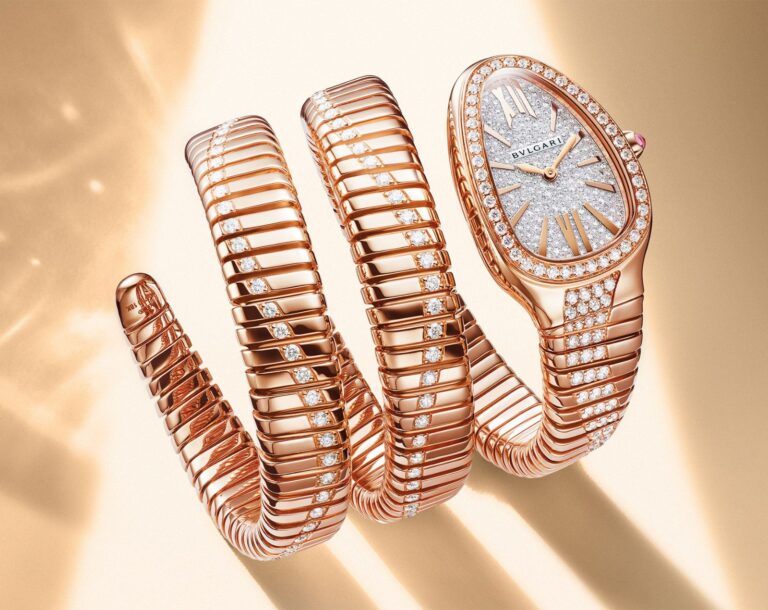
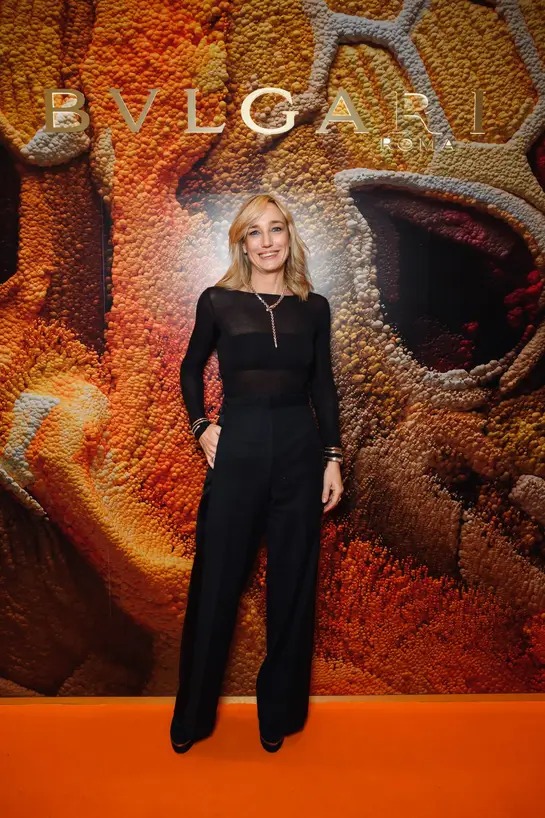
Laura Burdese plays a pivotal role in steering Bvlgari’s global expansion, bringing a strategic, bold approach to one of the most recognisable luxury brands.
Sabina Belli, CEO, Pomellato


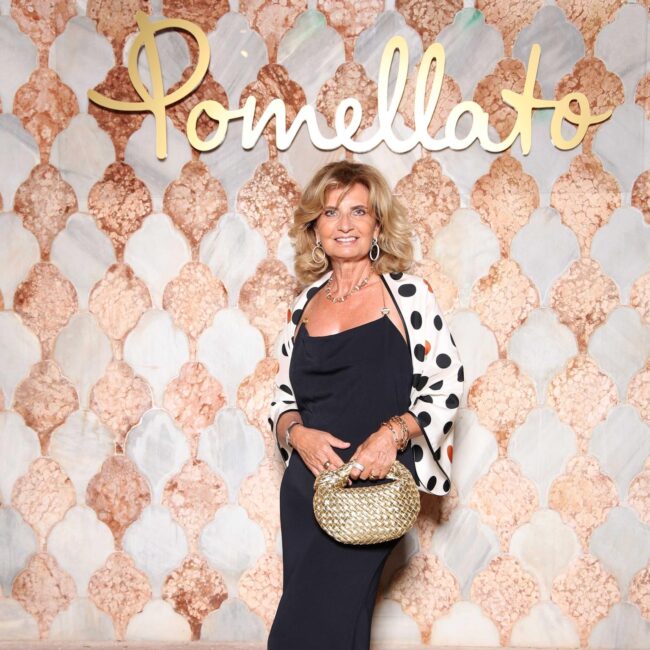
A champion of women empowerment, Sabina Belli is credited with elevating Pomellato’s identity as a modern, fashion-forward jewellery brand with deep Milanese roots.
Hélène Poulit-Duquesne, CEO, Boucheron

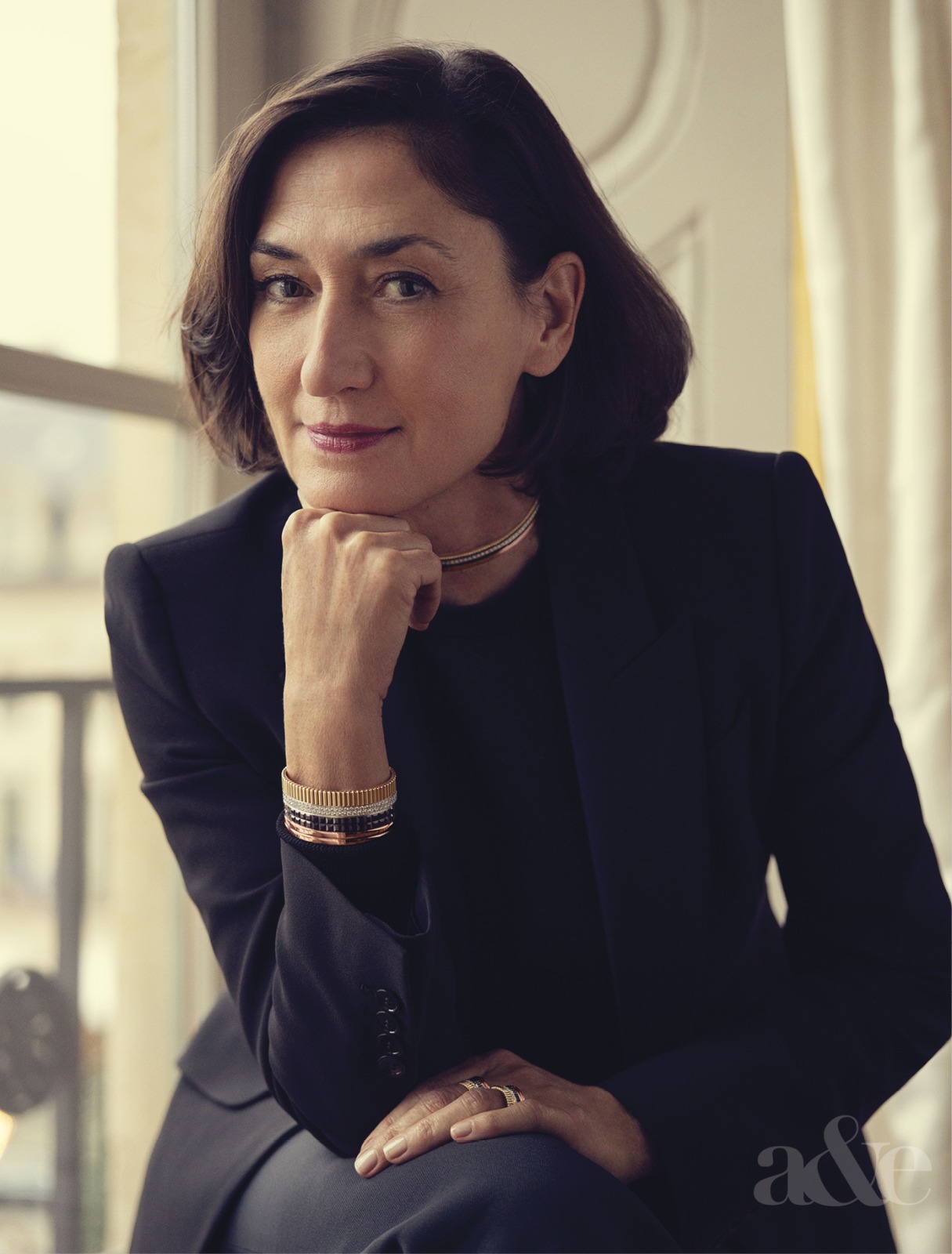
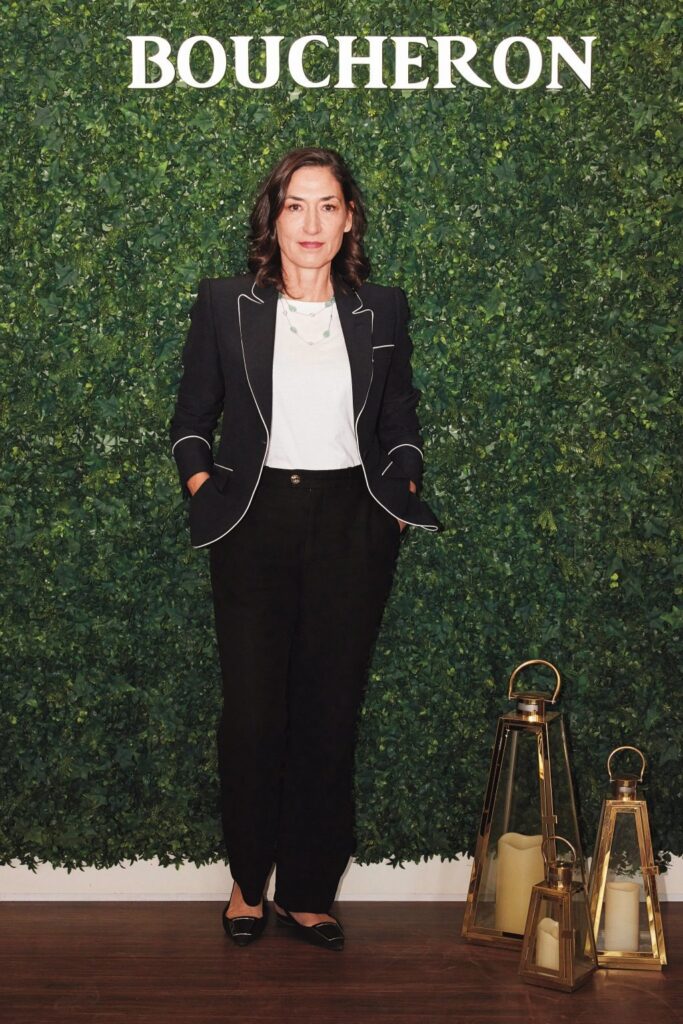
Her leadership has pushed Boucheron into an exciting contemporary phase, blending innovation with emotional storytelling and bold design.
A Shift That Goes Beyond Leadership
This rise of women in top leadership roles is influencing every facet of the luxury jewellery ecosystem:
- Design philosophies are evolving with deeper emotional narratives, inclusivity, and modern cultural relevance.
- Brand strategies increasingly reflect values like sustainability, authenticity, and empowerment.
- Consumer engagement is becoming more experiential, storytelling-driven, and globally attuned.
These executives are not simply filling leadership positions—they are reshaping the definition of luxury itself.
The New Blueprint for the Future
The ascent of female leaders marks a pivotal moment for an industry long shaped by tradition. Their vision is ushering in a new era where creativity meets strategic innovation, and where luxury houses embrace contemporary values without compromising on heritage.
The future of luxury watches and jewellery is being rewritten—and women are holding the pen.
As global maisons continue to embrace this transformation, one thing is certain: the industry is entering its most exciting chapter yet, driven by the creativity, clarity, and leadership of exceptional women at the helm.
-

 BrandBuzz4 hours ago
BrandBuzz4 hours agoMCA raises “small company” thresholds – up to ₹10 cr capital & ₹100 cr turnover from 1st December 2025, major relief for jewellery trade
-

 JB Insights4 hours ago
JB Insights4 hours agoWomen Leaders Driving the Luxury Renaissance
-

 National News8 hours ago
National News8 hours agoSHINESHILPI Announces the Launch of The Shine House, India’s Biggest B2B Jewellery Hub
-

 National News7 hours ago
National News7 hours agoTalla Jewellers Successfully Hosts Free Health Checkup Camp with Fortis Escorts Amritsar and Live For Others Foundation






